In the beginning
was the sound track
On the 9th of October 1918, the two Danish engineers, Axel Petersen (1887-1971) and Arnold Poulsen (1889-1952) founded the Electrical Phono Film Company with a few capable and foresighted businessmen who would support the organization financially.
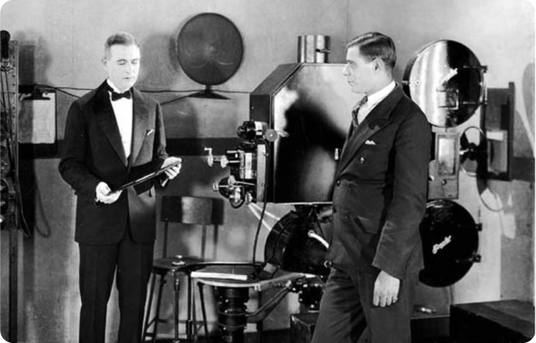
Axel Petersen & Arnold Poulsen
Ortofon Founders
The history of Ortofon can be traced back to 1918 when two Danish Engineers - Axel Petersen (1887-1971) and Arnold Poulsen (1889-1952) - began their experiments to synchronize sound with pictures on film. On the 9th of October 1918, Axel Petersen and Arnold Poulsen founded the Electrical Phono Film Company with a few capable and foresighted businessmen who would support the organization financially.
Their aim was to explore the possibility of high-class recording and developing one of the first synchronized sound film systems in the world.
Under primitive conditions, the two Danish engineers and their small staff had to solve a number of what were considered insurmountable problems.
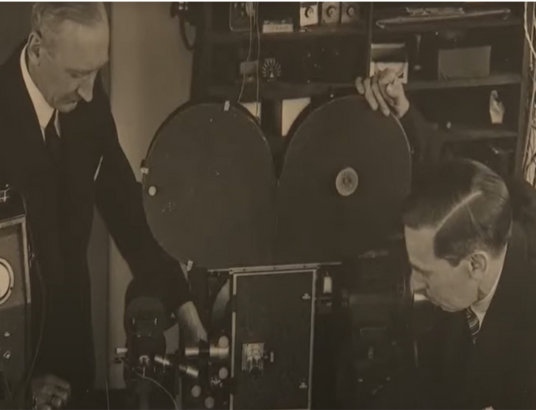
The first conquests
The invention of electrical recording
The invention of electrical recording by an Edison Phonograph and sound reproduction through earphones were the first conquests.
The team had to engineer most of electrical and mechanical components itself, and, owing to the insufficient sensitivity of the film, the team had huge challenges in the field of optical and photographic recording.
System Petersen and Poulsen
Known all
over the world
After 5 years, however, the first film was produced.
On the 12th of October, 1923, the first sound film recorded indoors was shown at the Palace Theatre in Copenhagen. It was the first real sound film recording using the “variable area” method. For the first time, the name of System Petersen and Poulsen was on film strip.
The name was later to be known all over the world.
At that time, two films were run simultaneously - one with pictures and one with sound - and it was necessary to synchronize the two machines.

Great developments and improvements
Continuing Shaping Cinema Technology
The two Danish engineers achieved remarkable results in their field. Some of the cameras and recording heads they built for cinema projectors were still in use as late as 1968. They also developed various other equipment, including condenser microphones, dynamic compressors, oscilloscopes, optical instruments, amplifiers for reproduction, and studio equipment with mixing and editing tables.
The effectiveness of their innovations became evident at a Danish premiere in 1944 when the press noted that the film was unexciting but praised the surprisingly good sound quality. Notably, Electrical Fono Film A/S introduced a new dynamic compressor during this premiere, later obtaining a patent for it.
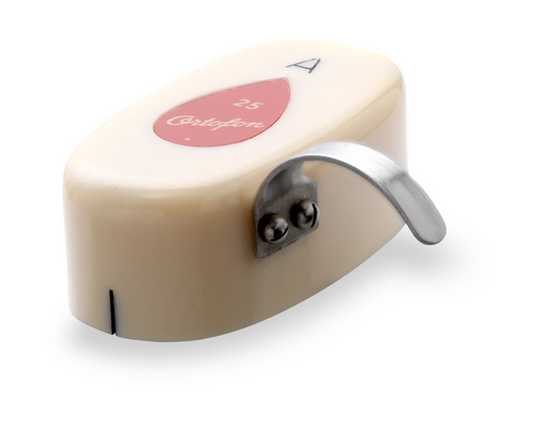
Groundbreaking equipment
The first Moving Coil cartridge in the world
In 1948, Holger Christian Arentzen introduced the world's first Moving Coil cartridge, the Mono-A. Danish inventors also supplied the disc recording industry with groundbreaking equipment during WWII, including a revolutionary cutter head that raised oscillation registration levels from 5 kHz to 14 kHz.
By the end of 1945, the Danish company 'Tono' was using this equipment to cut records, but no existing pickup system could reproduce the high sound quality it produced. This led to the development and patenting of the pioneering Ortofon mono pickup and pickup arm in 1948, which quickly gained worldwide recognition.
Ortofon comes from the Greek words "orto fon," meaning "correct sound".
Founded in April 1947
Becoming Ortofon
In 1946, the old name of the company was changed to FonoFilm Industry A/S, and in 1947, Ortofon A/S was founded as a trading company under the FonoFilm Industry A/S umbrella. This was done as a consequence of a considerable increase in demand from the whole world. At the same time ORTOFON was registered as a trade mark for all the products of the company, and a guarantee for imported articles was made.
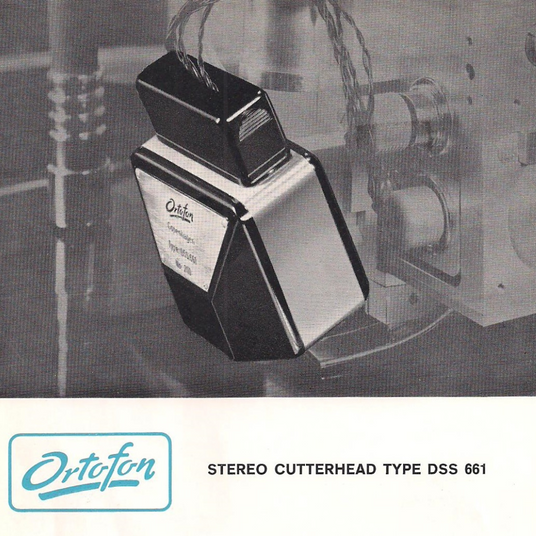
An important force
Development of Moving Coil cutterhead
As previously mentioned, Ortofon started making cutter heads for record manufacturing companies in 1945, and they were adopted by companies all over the world.
From being a development laboratory for tone films (the Petersen and Poulsen System) Ortofon became an important force in fostering the gramophone industry, among other things, by developing a Moving Coil cutter head for mono cartridges which was followed by various models of mono as well as stereo cutter heads. Ortofon used its market knowledge and technology from its renowned cutter head production to make very fine cartridges.
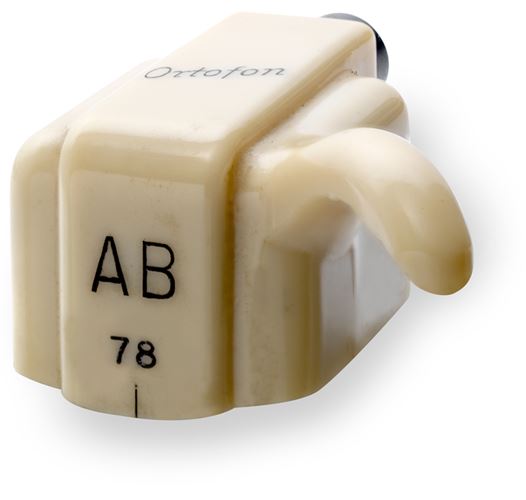
How cartridges become “pick-ups”
The first SPU
on the market
In 1959, the first SPU came to the market.
The term "SPU" stands for "stereo pick-up", as phono cartridges were called "pick-ups" in the 1950s and 1960s. The original SPU was introduced in response to the demand for cartridges to reproduce the new stereo records.
Based on Ortofon’s already 10-year-old technology and experience in mono cartridges, the SPU immediately set the standard for professional and audiophile applications. Mr. Robert Gudmandsen took a principal part in developing this cartridge.
Advancements in magnetic cartridge technology
Technological progresses
The first magnetic cartridge, the M-15, utilizing the VMS (Variable Magnetic Shunt) generating system, debuted in 1969. In 1977, a new lightweight moving coil model, the MC 20, was introduced, followed by the MC 20 MK II two years later. The MC 20 MK II was the first cartridge to feature the patented Wide Range Damping System, ensuring excellent tracking ability and earning accolades from the Japanese Grand Prix Committee.
Industrial competences
The benefit of technology
Even a traditional product can benefit greatly from new technology and industrial competences. Processing technology for molding complex structures in either ceramic or pure metals, based on the special Metal Injection Molding process, created completely new design possibilities and has successively been introduced by Ortofon suppliers in either ceramic, stainless steel, or pure iron parts.
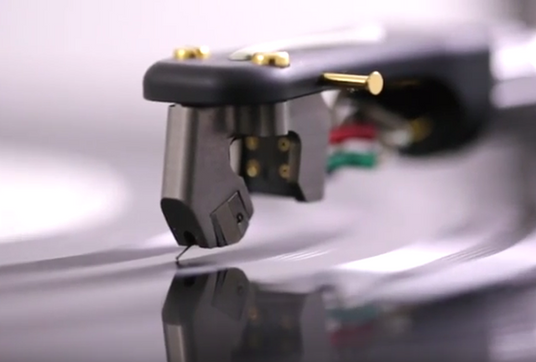
Investing in technology and product development
Preserving our heritage
As the company has evolved from its roots in making movie sound tracks to developing precision components and unique compounds for technical rubber, one aspect of its operations has remained constant: the culture of excellence. Ortofon has developed significantly over the last 10 years and currently is in a phase where the use of the advanced technologies has opened for exciting new business opportunities within the medical industry. This growth is driven, among other things, by investment in the new technology and new products.
View Ortofon's Timeline and find more information about Ortofon vintage and current products.

